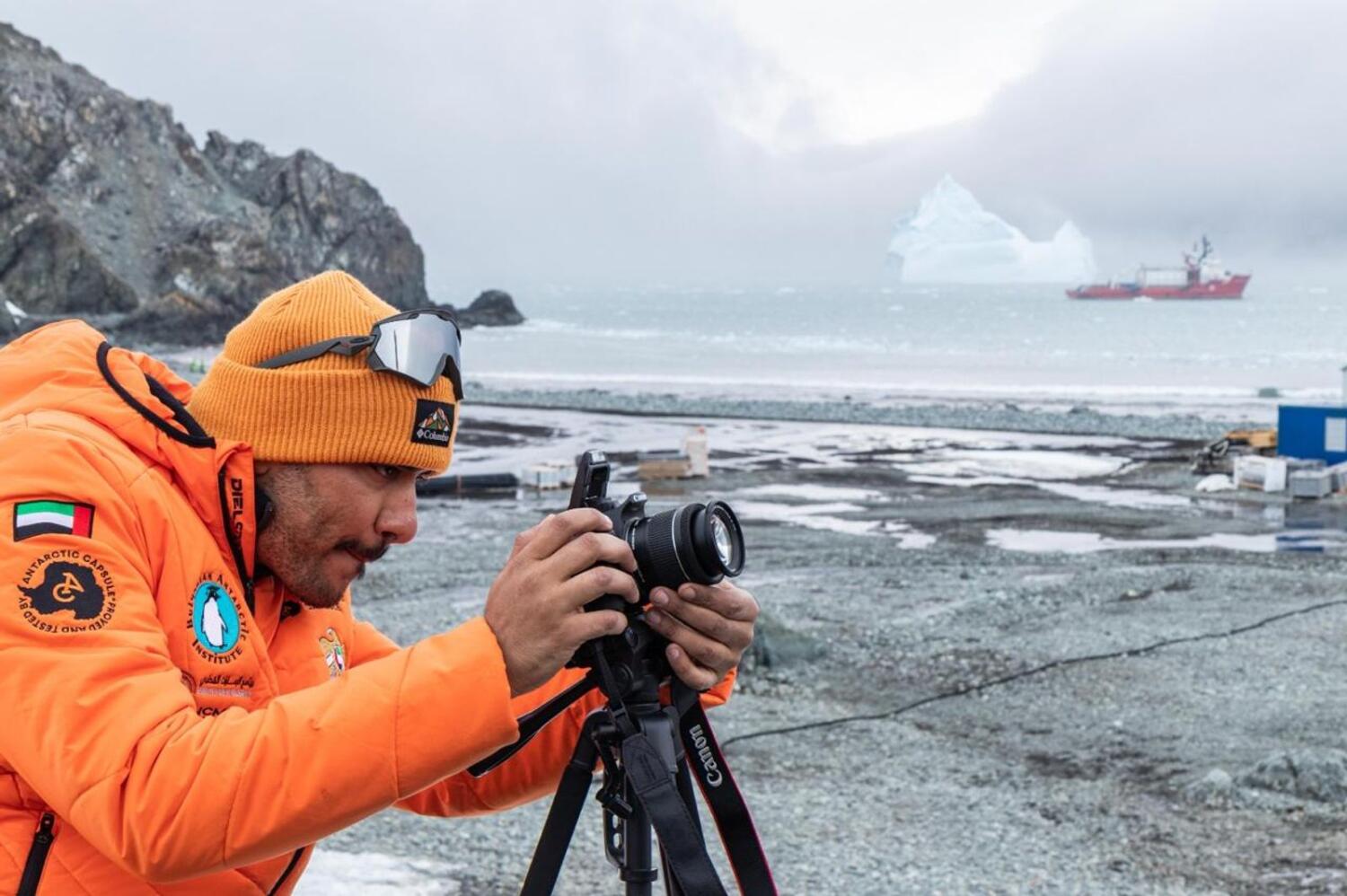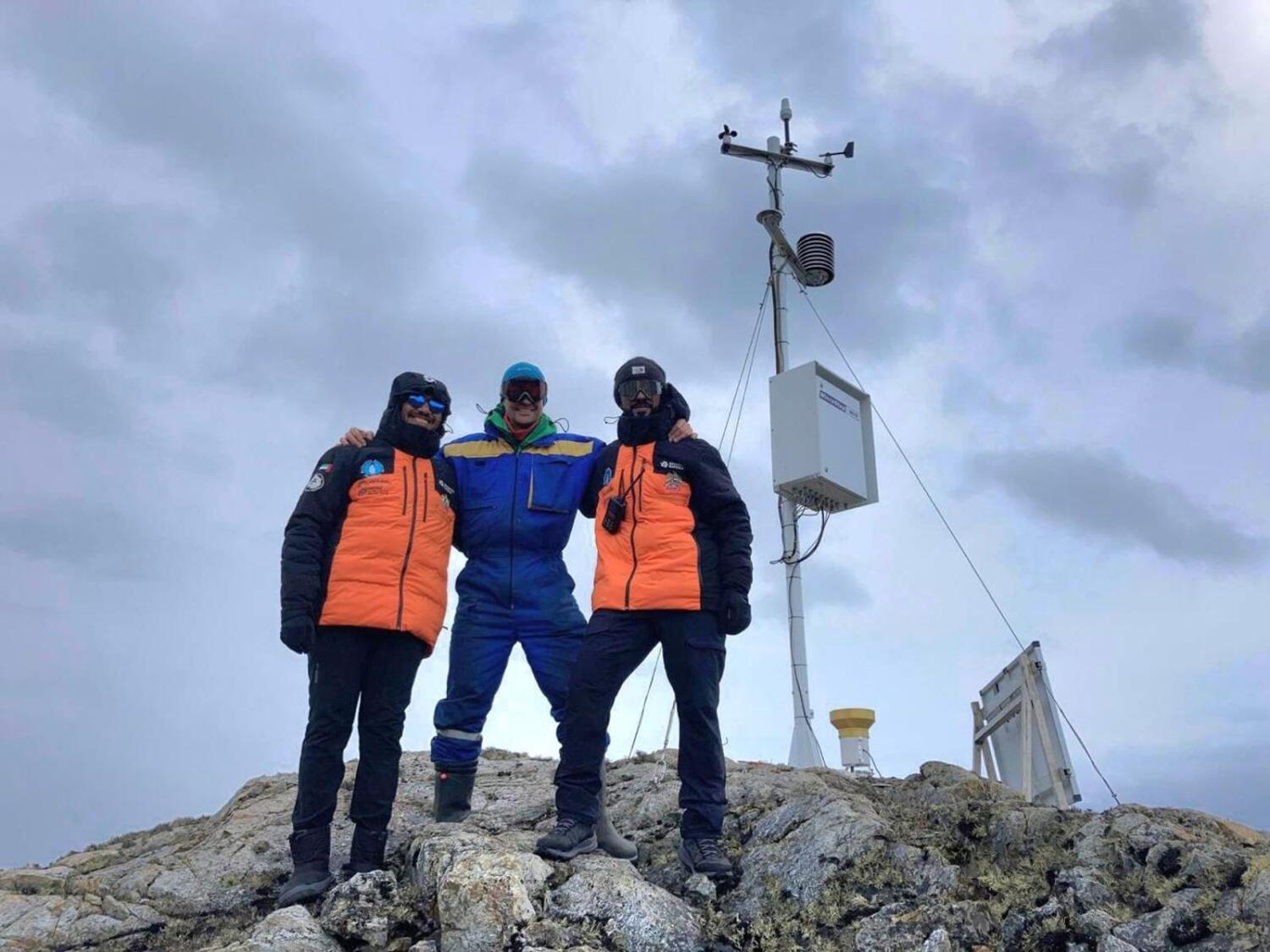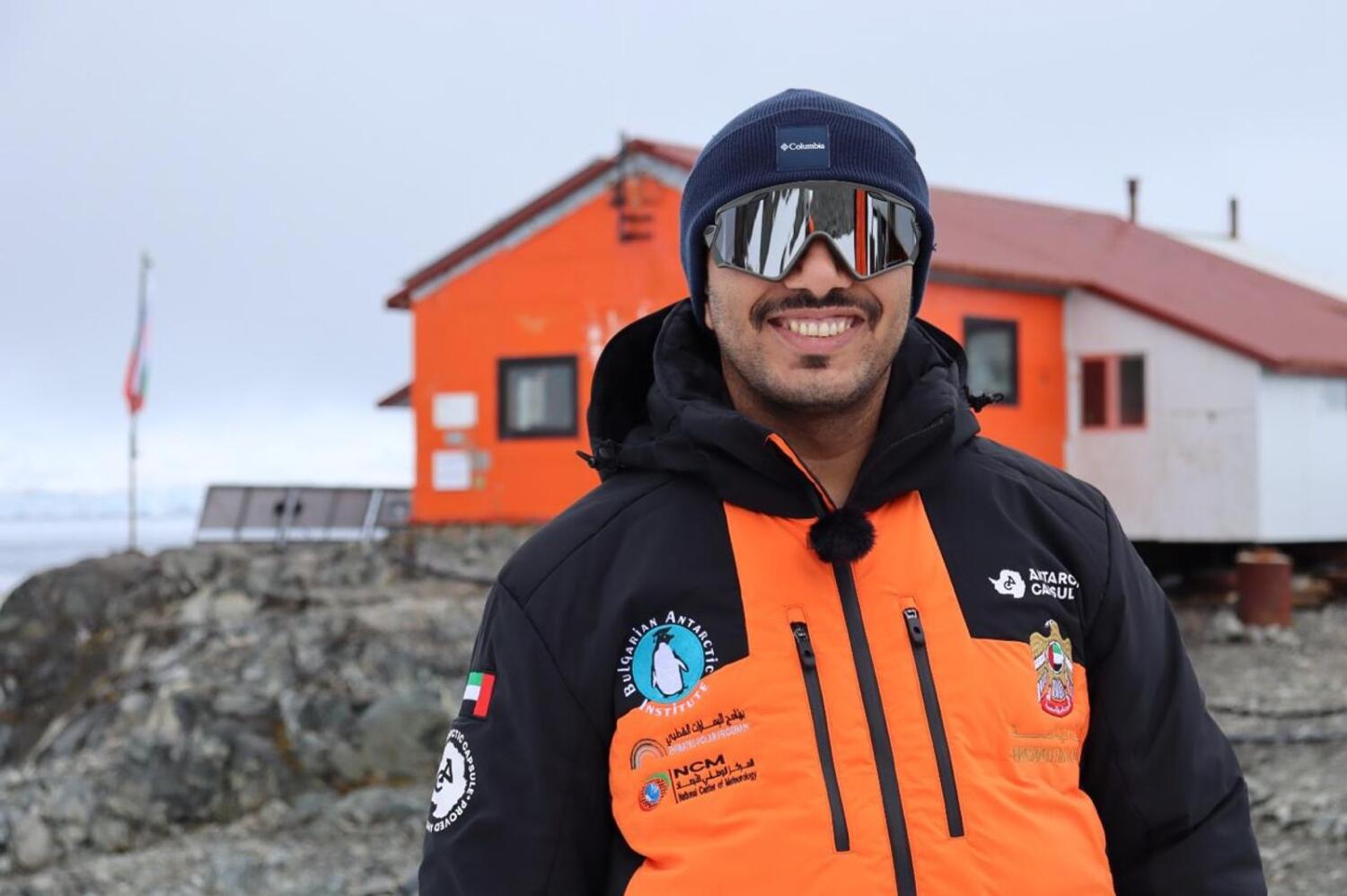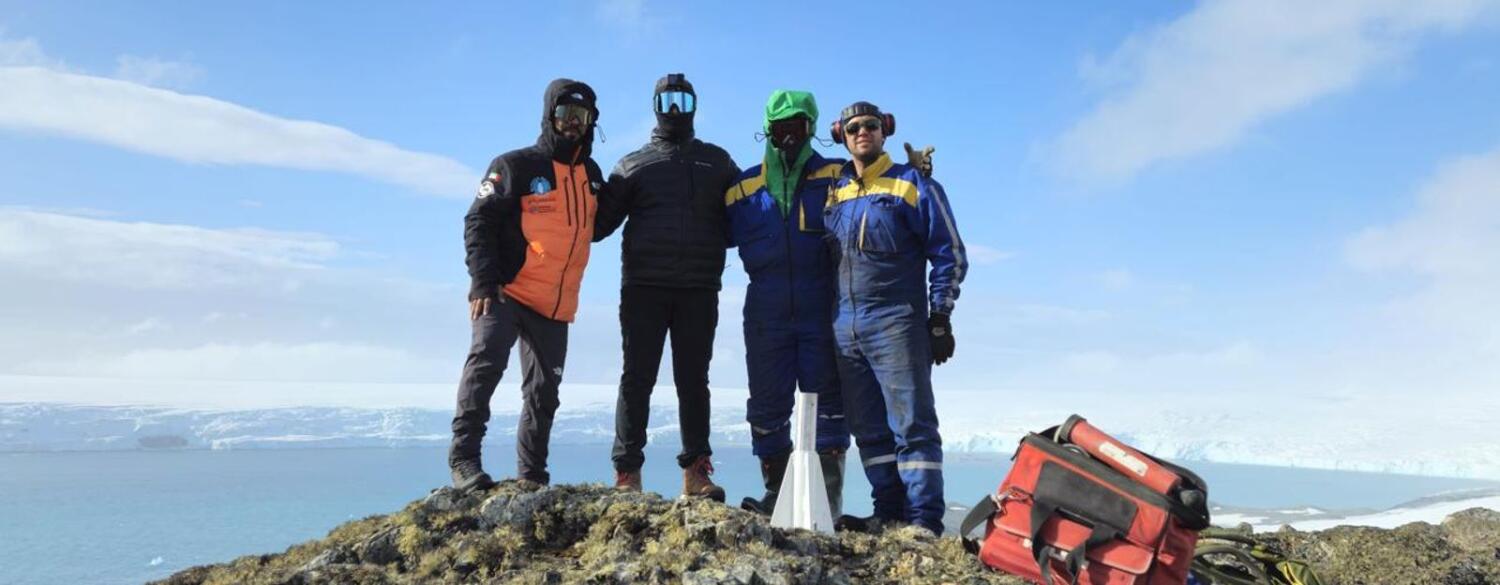
Building UAE's research stations in Antarctica: How two scientists on historic mission braved challenges
Ahmed Mansour Al Kaabi and Badr Alameri, who recently returned after successful completion of Emirates Polar Program, spoke to Khaleej Times
Two Emirati scientists have established two research stations in Antarctica – one for weather monitoring and another for seismological research. The remarkable feat marks the first time the UAE and the Arab region are represented in this critical scientific endeavour.
The scientists, 32-year-old Ahmed Mansour Al Kaabi and 31-year-old Eng. Badr Alameri, who recently returned from the icy cold expanse, shared their journey in an exclusive interview with Khaleej Times.
Reflecting on the challenges of operating in one of the planet’s most hostile environments, they recounted the gruelling conditions, logistical hurdles, and the meticulous planning that went into making their mission successful.

Emirates Polar Programme
The hurdles
“Upon arrival in Antarctica, we had to immediately adjust to the extreme weather conditions while focusing on our project that needed to be completed within three weeks. With no night time there, we had to simulate darkness by covering the windows so as to get enough rest for the next day’s tasks. Working 12-hour shifts, from 10 am to 10 pm for nearly three weeks, proper sleep was essential to maintain productivity,” Ahmed Mansour Al Kaabi, Head of Meteorological and Geophysical Studies Section, at the National Centre of Meteorology (NCM), said.
"The weather was a huge challenge. Despite it being summer, strong winds often forced us to halt fieldwork and switch to office tasks like data collection and analysis,” Badr Alameri, Senior Application Engineer at NCM, said.
Their expedition began on December 20 with a flight from Abu Dhabi, before they reached Antarctica on December 28. The UAE team first went to Sofia (Bulgaria) and then to Rome as part of the 33rd Bulgarian Expedition, a collaborative effort involving scientists from five countries — UAE, Spain, Montenegro, Greece, and Bulgaria.

One of the world's most treacherous sea routes
From Rome, the journey continued to Buenos Aires, Argentina, and then to Ushuaia (southern tip of Argentina) where they boarded a research vessel.
The vessel navigated the infamous Drake Passage, known for its treacherous conditions and historical significance as a “graveyard of wooden ships” that led to the creation of the Panama Canal as a safer alternative for maritime trade.
“This was really challenging as it is one of the world’s most notorious sea routes. We were in Drake passage for three days. The passage’s towering waves reached 10-12 feet and the howling winds could be heard from inside the pipes. We were extremely seasick.”

Eng. Badr Alameri (left) and Ahmed Mansour Al Kaabi. Photo: Nandini Sircar
The duo was also awarded a certificate for successfully crossing the Drake Passage.
“We spent 31 hours flying and three days in such direct passes,” recalled Al Kaabi, a graduate of Boise State University in the United States, who holds a Bachelor's degree in Meteorology and a Diploma in Emergency Response.
“A total of 34 people arrived at the base, where we stayed in wooden shelters. Each room accommodated about four people. Shortly after, we began our project and spent 24 days at the base.”
Installing the stations
Alameri said, “I installed two seismic stations, weak motion and strong motion, to record seismic activities, glacial motions, and volcanic activities among other things. There was one Bulgarian and one Spanish seismic station there; now, we’ve installed our station. Science is shareable and knowledge and data sharing is imperative.”
Explaining how seismic stations work, Al Kaabi explained: “The meteorological meter registration includes eight sensors – temperature, humidity, pressure, rain gauge, wind speed and direction, and solar radiation. In both projects, once data is collected, the next step is analysis to understand the trends and patterns. This leads to case studies and ultimately culminates in research. The more data we collect, the better we'll understand the local parameters. However, those two weeks don't capture the full weather patterns of Antarctica, as it's necessary to spend at least a year there to observe all the seasons.
“We went during summer. The daily average temperature was from -3°C to 5°C. This doesn’t include the wind.”

Al Kaabi
Alameri, a geophysicist who has graduated from the Boise State University in the United States, said, “even if it reads 0°C, it feels like -10°C. It’s not like what you feel elsewhere on Earth.”
“We layered four to five pieces of clothing and wore two to three pairs of socks. Our attire consisted of specially designed suits tailored for Arctic or Antarctic conditions, including suits, boots, and windbreaker jackets. These suits are quite heavy.”
Physical and mental strength is essential to install these weather stations, Al Kaabi added.
“We installed more sensors in our weather stations than any others in the region, but it wasn’t an easy task. Each meteorological station required six batteries, each weighing 60kg. It took four people to carry one battery, and transporting just one up the mountain took an entire day. On top of that, we had four additional batteries for the seismic station. We also had to transport other equipment of the entire weather and seismic station, moving these things in groups.”

What did they do during downtime?
When the researches got some time to themselves, they would speak to their office and family via satellite phones and send WhatsApp messages.
They also took turns in kitchen duties and assisted the chef with cooking. They said they did cleaning and laundry with minimal gadgets.
One memorable moment from the mission was when they sent 10 postcards from Antarctica to 10 people before leaving.
Al Kaabi said, “I sent one to each of the 10 people. I wasn’t sure when the postcards would reach them—maybe in three or four months—because it had to travel from Antarctica by ship, then by plane. The postcards were given to a person who dropped them off at the nearest post office before they were sent on their way. Let's see when and where they eventually arrive.”
Alameri added, “It was an incredible mix of adventure and freedom. We hopped into a Zodiac, a small boat that felt like it was flying as the wind rushed by. We cruised past massive icebergs and even saw volcanic ash. Antarctica is still a very active volcanic region. Along the way, we spotted some unique birds. The only animals that call the South Pole home are penguins, seals, and a handful of bird species. We even heard some fascinating sounds that made the whole experience feel even more surreal.”



